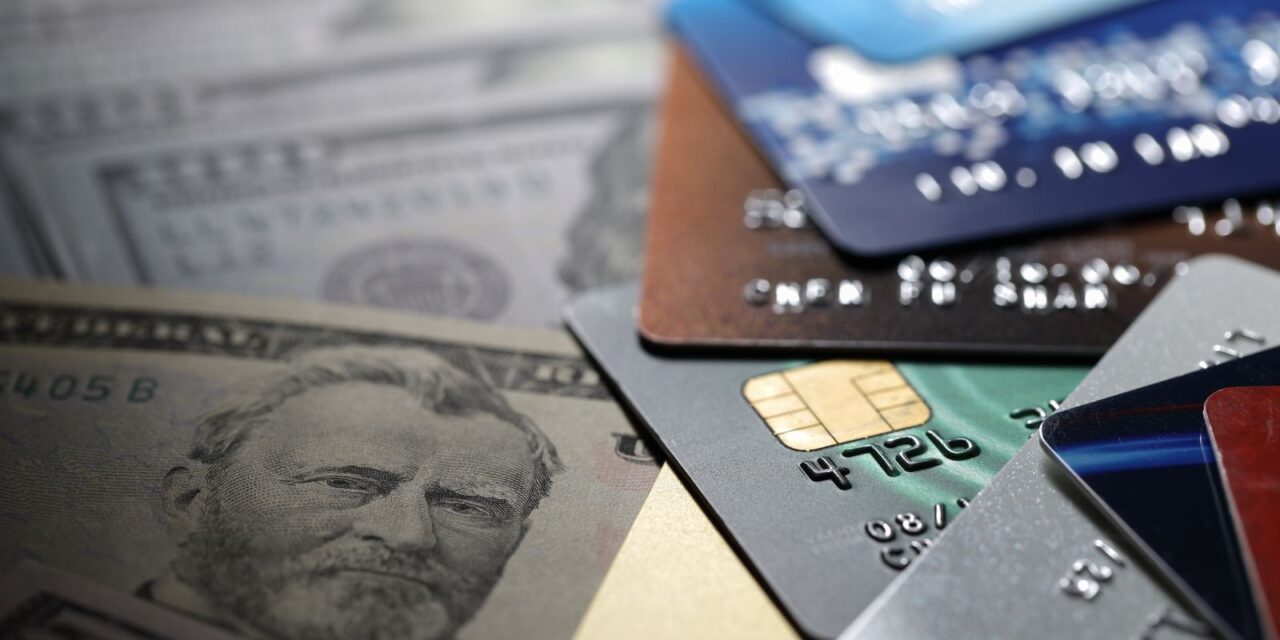bernie_photo via Getty Images
Caitlin Mullen|Source: www.paymentsdive.com, May 2023
Dive Brief:
- A shift away from cash and toward credit cards prompted by the COVID-19 pandemic has become a persistent trend, as more online purchasing reduced opportunities for U.S. consumers to use cash last year, according to a recent Federal Reserve report.
- However, demand for cash remains stable, and most consumers (93%) don’t expect to stop using cash in the future, according to the latest findings from the Diary of Consumer Payment Choice, published May 5.
- Cash comprised 18% of all payments made in 2022, a notable decline from 26% in 2019, but fairly steady with 2020’s 19% and 2021’s 20%. “The consistent number of cash payments in the past two years following a steep decline between 2019 and 2020 suggests there may be a current floor to cash use,” Fed researchers wrote.
Dive Insight:
Credit cards were the most used payment method last year, representing 31% of all payments, and their use has trended upward. Meanwhile, use of debit cards, like cash use, largely matched 2020 and 2021 levels, the Fed said.
The report was based on data collected from a consumer survey last October. The survey of consumer payment habits has been conducted annually since 2016.
As consumer preference for cash has declined since 2016, preference for credit cards has increased, with consumers favoring credit cards for “perceived convenience, lower rates of cash acceptance, and the ease of record keeping as compared to cash,” the Fed said. The Fed also noted the popularity of credit card rewards playing a role in consumer preference.
Still, the stable demand for cash “indicates that there are consumers who need or choose to use cash, underscoring the need for a strong and resilient payments system,” said Kathleen Young, executive vice president of the Federal Reserve Bank of San Francisco and chief of FedCash Services, in a May 19 news release.
Cash is especially crucial to the unbanked population, the Fed said. While the portion of consumers with a bank account using cash to pay for purchases has dropped – from 25% in 2019 to 17% last year – it’s done the opposite among unbanked consumers, rising from 55% in 2019 to 66% last year.
By age group, older consumers are more likely to use cash than younger consumers. “The impact of the pandemic on 18- to 24-year-olds’ cash use was the largest of any age cohort,” the Fed said. Their cash use plunged 20 percentage points between 2019 and 2022, from 33% to 13%.
During that timeframe, 35- to- 44-year-olds’ cash use dropped by 7 percentage points, from 20% to 13%, and 45- to 54-year-olds’ cash use fell by 9 percentage points, from 25% to 16%.
Even as credit card preference and use have increased in recent years, consumers have grappled with inflation, higher interest rates and the possibility of a recession. Demand for cash grows during “times of uncertainty,” the Fed said.
The average value of cash in a person’s wallet jumped $5 last year, over 2021, to $73, the Fed discovered. Continuing a trend the Fed noted in the previous year’s findings, the amount of cash consumers held, but were unlikely to be used for daily purchases, remained elevated and increased 2% last year, reaching an average of $418.
Cash remains a popular method for small-value payments. Consumers made an average of 13 in-person payments under $25 per month last year, with cash being the most used payment method in that category, the Fed said.
Reflecting the growth of e-commerce, an increased percentage of purchases and peer-to-peer payments, 19%, were made online or remotely last year, compared to 81% made in-person, the Fed said. In 2019, those shares were 13% and 87%.
Additionally, the use of mobile payment apps has plateaued, the Fed also noted. After reaching 3% in 2020, that payment method only accounted for 1% of all payments in 2021 and 2022.
“Although consumers rapidly shifted toward online and remote payments in 2020, the average number of mobile app payments has not increased since that time, indicating that consumer use of mobile payment apps may have reached a peak earlier in the pandemic,” researchers wrote.

